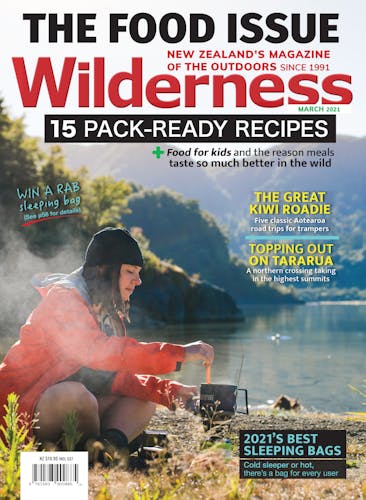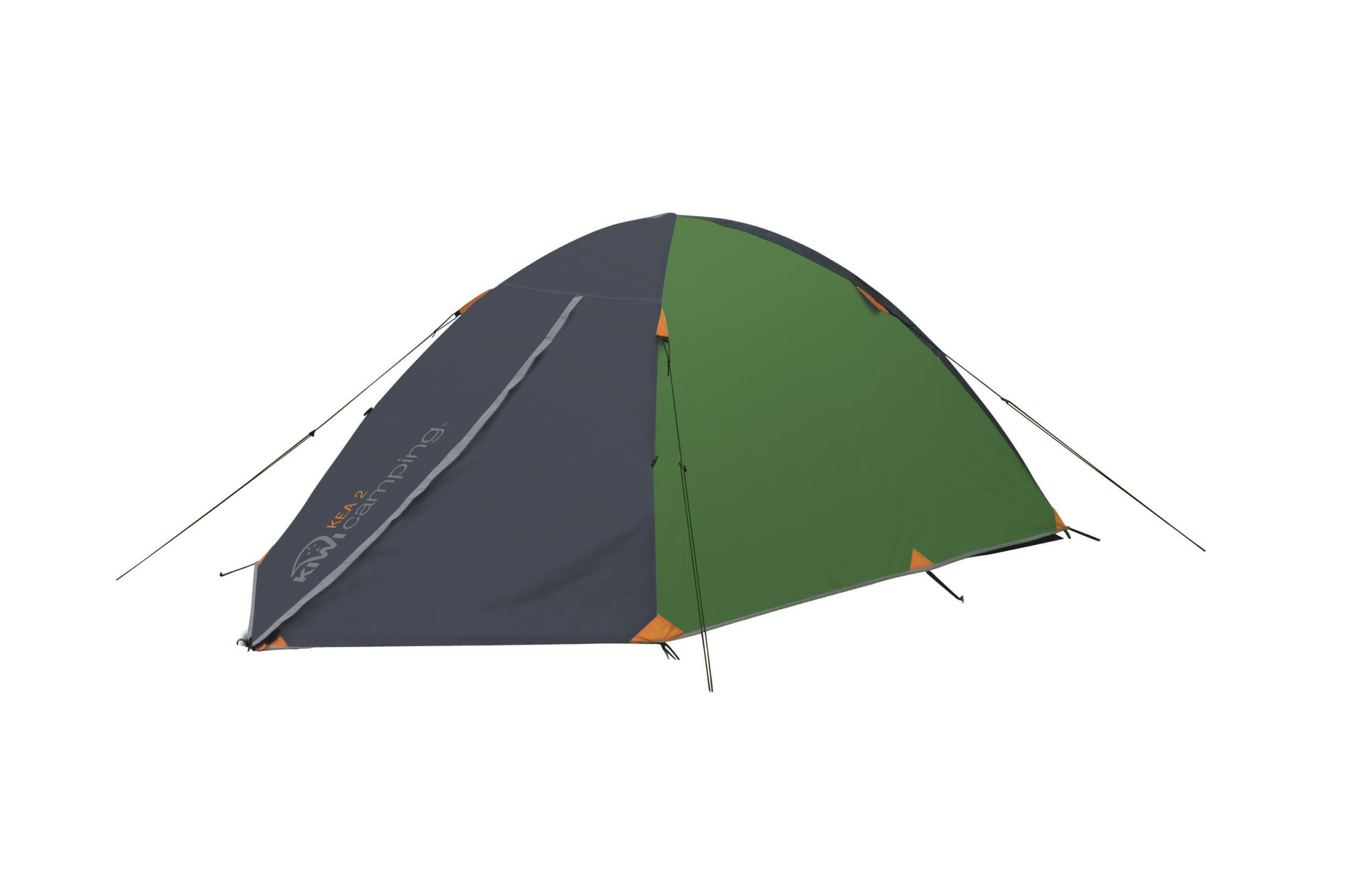Letter of the month
Vital rainwear shouldn’t be bought cheaply
I was surprised that Diana de Beus’s letter, ‘Money-saving weather protection’ did not create more discussion and debate.
All New Zealand trampers know what a vital piece of gear a waterproof jacket is and her advocacy to use a waterproof coat that cost $2 and not to worry about spending a large amount of money on other types of waterproof clothing, went completely uncommented upon.
I thought there would have been a queue of outdoor clothing suppliers flooding this page with their opinions.
So, to ask the question: Is a waterproof coat bought from a $2 shop a satisfactory coat to take on a multi-day tramp? Even though I do note she wore it under an older ‘un-waterproof’ jacket.
Perhaps Wilderness could publish an article outlining the key features people should be looking for when purchasing waterproof jackets to take tramping.
– Richard Crook
– Richard receives a Kiwi Camping Kea 2 tent worth $129 from www.kiwicamping.co.nz. Readers, keep an eye out for our 2021 guide to wet weather jackets (where we outline the key feaures ad benefits) in next month’s issue. Send your letter to the editor for a chance to win.
A coroner’s perspective on drug use in the outdoors
I am surprised and disappointed to note that Wilderness (until then my favourite magazine) not only sees fit to publish a letter promoting the use of illegal drugs, ‘Microdosing LSD less dangerous than tramping’, but also rewarded the correspondence with a ‘Letter of the Month’ prize.
Lysergic acid, the essential precursor for the manufacture of LSD, is a drug deemed illegal by the Misuse of Drugs Act, 1975.
Your correspondent provides an unsubstantiated statement that LSD is not a ‘gateway drug’ and is preferable to nicotine and alcohol.
I choose not to address these points but ask instead that you draw the attention of readers to the problem with the use of all illegal drugs. If a drug is illegal there are no objective controls over the quality and quantity of the product. In most countries, there are government agencies which supervise the safety of a drug manufacturing process. An illegal manufacturer and supplier has no such controls. When you purchase the drug you may or may not be receiving what you pay for. The ‘microdose’ reported by your correspondent as having no effect may not have been LSD at all. Any drug obtained illegally may be adulterated with more harmful additives.
In my role as a coroner, I investigated the causes and circumstances of the death of a number of persons who died after using illegal drugs. A significant portion of the fatalities were due to the poor quality of the manufacturing process.
The Government has recently recognised the problem and has amended the Misuse of Drugs Act which now allows the testing of drugs at festivals in an attempt to ensure that those persons consuming them come to no harm.
I ask that Wilderness readers do not use illegal drugs. If you want to get ‘high’, climb a mountain.
– David Crerar
Setting the record straight
In the story ‘Kaitiaki of the kauri’, we printed a statistic that was accidentally misinterpreted.
The article stated that 70 per cent of infected trees are within 50m of a track. This error was pointed out by several readers, and Auckland Council has clarified the situation. There is a close relationship between kauri dieback zones and their proximity to the track network, with 71 per cent of kauri dieback zones and 56 per cent of possible kauri dieback zones within 50m of a track. This does not translate to 70 per cent of infected trees being within 50m of a track as this would require a population census for all kauri (healthy and diseased) in the Waitakere Ranges Regional Park.
The Seventeeners
As the author of the book Two Feet Away, whose claims about the 10 highest non-volcanic peaks in the North Island prompted Shaun Barnett to compile his definitive list of ‘The Seventeeners’, I respectfully suggest that he missed one: Patutu (1718m) in the Kaimanawa Range. Adding that would bring his list to 12.
This means my claim in my book that the Ruahine Range’s Te Hekenga (1695m) was ‘among the 10 highest non-volcanic peaks in the North Island’ could in fact be no higher up the rank than the teens.
Conceding that, my claim was based on peaks of sufficient prominence and social standing to have been bestowed a name. After all, knocking off Unnamed 3967m doesn’t have quite the same ring to it as climbing the north face of the Eiger.
All such lists are fragile and rank positions could be toppled by a small landslide, a change in the surveyors’ datum, or someone finding another peak hiding in plain sight among the map’s contours. There will be others somewhere. They just need someone to find them.
– Peter Clough
An updated list of the highest non-volcanic peaks
At first, I thought the list of the highest non-volcanic peaks in the North Island came to the convenient total of 10 peaks above 1700m. But after the article was first published in Wilderness, an email from reader Jonathan Astin pointed out I had missed a significant summit: Patutu (1718m) in the Kaimanawa Range. This brings the total number of non-volcanic peaks higher than 1700m to 12.
– Shaun Barnett
– Readers, we’ve corrected the article online to show the 12 highest non-volcanic peaks. – AH








